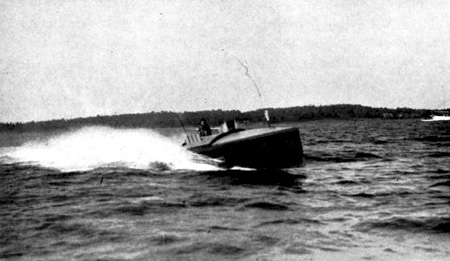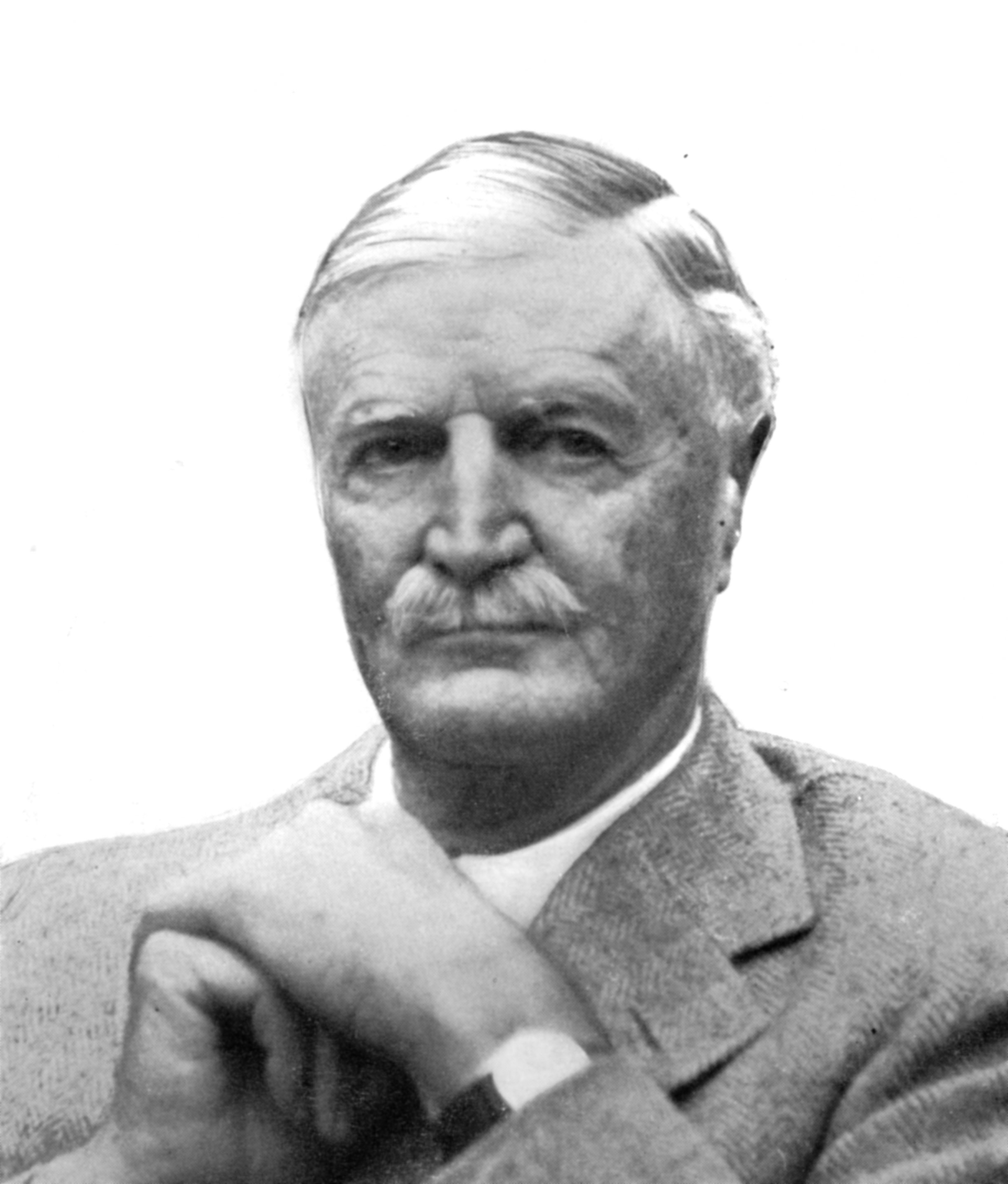World Speed Record Attempt [1908]
Dixie II Fastest Motorboat In World
International Victor Runs 35.74 Statute Miles an Hour in Trial Spins
TO COMPETE FOR GOLD CUP
American Craft to Race for Challenge Trophy at Thousand Islands -- English Boats Going Home

That Dixie II is possible of making even greater speed than she did on Monday, when she defeated the English challenger, Wolseley-Siddeley, for the British International Motorboat Cup was amply demonstrated yesterday in a series of four trial runs over the measured course of the New York Yacht Club in Hempstead Harbor. The course measures 1.1 nautical miles, and the boat received four trials, going twice with the tide and twice against it. She amply justified the contention of her builders regarding her speed capabilities, as her average for the trials was 31:03 nautical miles, or 35.74 statute miles. This is the fastest time ever made by a motorboat in public, and officially timed tests either in this country or abroad. Dixie II's time, with the average speed per hour for the four trials, was:
| Time | Time | Av. Speed | Stat. | |
|---|---|---|---|---|
| Trial | 1.1 Kts. | 1 Knot | Naut. M. | Miles |
| First | 2:01 | 1:58 2-11 | 30.50 | 35.12 |
| Second | 2:05 2-5 | 1:54 | 31.57 | 36.36 |
| Third | 2:09 2-5 | 1:58 | 30.50 | 35.12 |
| Fourth | 2:05 2-5 | 1:54 | 31.57 | 36.36 |
| A total average of 31.03 nautical miles, or 35.74 statute miles | ||||

The boat was steered by her designer, Clinton H. Crane, with his brother, Harry M. Crane, acting as engineer. Ernest E. Lorillard of the Regatta Committee of the New York Yacht Club was in charge of the timing, and associated with him were J. Frederick Tams, Dallas B. Pratt, and H. H. Landon. Ex-Commodore Edward F. Schroeder of the Motorboat Club of America went down in a tug chartered to witness the tests with a party of yachtsmen and among those on board was Capt. S. Barklay Pearce, looking none the worse for his trying experience of the previous day, when he collapsed after the international race under the nervous strain and the work of managing the boat when her engineer, Albert Rappuhn, fainted four miles before the finish.
Dixie II's engine worked perfectly, and they were unanimous announced the finest specimen of engine speed mechanism ever seen in this country. She is fitted with an eight cylinder Crane & Whitman engine, this being the first big engine of that type turned out, and they made a trifle more than 800 revolutions. The horsepower is slightly in excess of 200.
After the successful trials Dixie II was taken to the Woods yard at City Island, where the hull was built. She will be taken to Bayonne to-day and will be shipped this week to the Thousand Islands to compete in the Gold Cup Challenge cup race of the American Power Boat Association, which will be held under the auspices of the Chippewa Bay Yacht Club, the present holder of the trophy, on Aug. 20, 21 and 22.
The English boats Wolseley-Siddeley and Daimler II left Huntington bay yesterday for this city to be shipped to England on Saturday on the steamer Minnetonka.
(Transcribed from the New York Times, Aug. 5, 1908, p. 6. )
[Thanks to Greg Calkins for help in preparing this page — LF]
